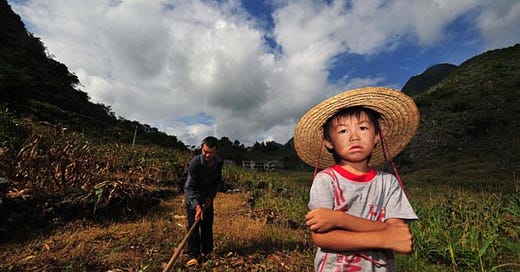Food for Thought
Nouriel Roubini - 4 scenarios for global economy, Seun Sam - Cambodia's academic crisis, Wang Xiaoyi (王晓毅) - China's targeted poverty alleviation
UPDATE: There are currently four scenarios for the global economic outlook. Three of these entail potentially serious risks with far-reaching implications for markets. The most positive is a “soft landing,” where central banks in the advanced economies manage to bring inflation back down to their 2% targets without triggering a recession. There is also …




